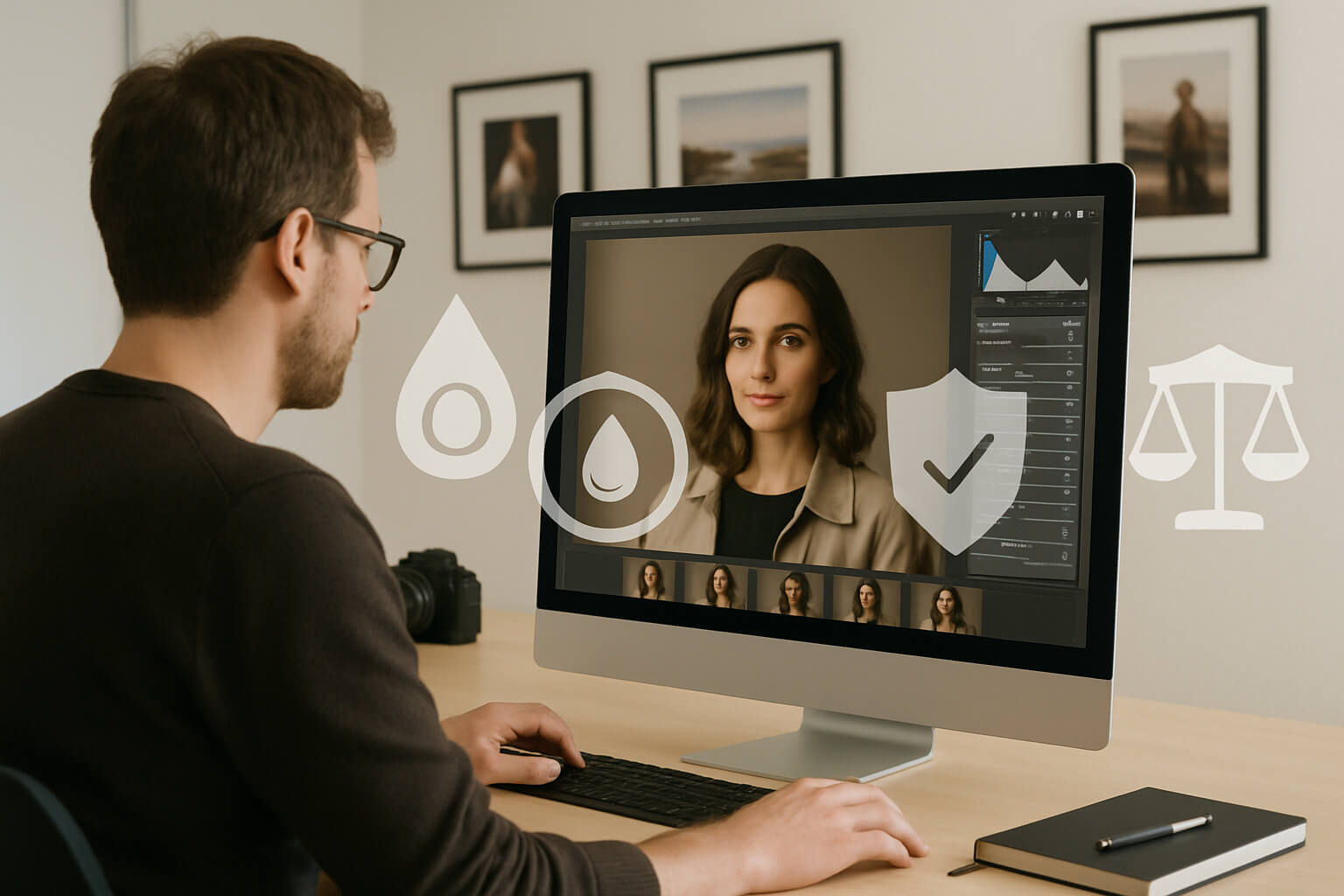June 03, 2025

In a world where images can be shared, downloaded, and reposted in seconds, photographers face a constant challenge: how to ensure their work isn’t stolen, misused, or claimed by others. Whether you're a professional selling prints or a hobbyist sharing art online, your photographs are your intellectual property—and they deserve protection.
This comprehensive guide explores practical, legal, and digital steps to safeguard your photographic creations, so you can showcase your work without compromising your rights.
Copyright refers to the legal protection granted to creators of original works. In photography, this means the moment you take a photo—whether it's with a DSLR, mirrorless camera, or even a smartphone—you automatically become the copyright holder of that image.
What You Automatically Own:
These rights are protected under international agreements like the Berne Convention, meaning they apply across most countries globally—even if you don’t register your photo formally.
One of the most powerful aspects of copyright is that it’s automatic. You don’t need to file paperwork or pay a fee to own the rights to your photo. As soon as you click the shutter, your name is tied to that image as the legal owner.
Why You Still Need Proof:
Despite this automatic protection, having evidence of creation strengthens your position in case someone challenges your ownership. Useful forms of proof include:
Think of this as your digital fingerprint—it won’t prevent theft, but it proves you’re the rightful creator if someone tries to claim otherwise.
While not required, registering your images with an official copyright office (such as the U.S. Copyright Office) provides a stronger legal foundation. This is especially important if you plan to sell, license, or publish your work commercially—or if you’re concerned about someone profiting from your content without permission.
Benefits of Registration:
In the U.S., you can register multiple images at once for a small fee. Other countries may have different systems, but the principle remains: registration is your strongest legal shield.
A watermark is a visible signature or logo embedded into your photo. While it won’t stop all theft, it acts as a deterrent and a branding tool, making it clear who owns the image.
How to Use Watermarks Effectively:
Watermarking is particularly useful for portfolio sites, social media, and client galleries where theft risk is higher.
Every digital image contains EXIF metadata, which includes details like shutter speed, ISO, camera model, and creation date. But you can also embed author information and copyright claims directly into the file.
Why Metadata Matters:
Tools That Support Metadata Editing:
Note: Some social media platforms strip metadata when you upload images, so combine this step with watermarks for maximum visibility.
Posting full-resolution images online makes it easier for people to download and misuse your work—sometimes even for print or commercial products. To reduce the risk, share scaled-down or compressed versions of your images publicly.
Best Practices:
This is an easy way to reduce the value of any image that gets taken without permission.
If you’re working with clients—whether for portraits, events, or commercial work—always use a written licensing agreement. This legal contract clearly outlines how your photos can be used, preventing misunderstandings and preserving your copyright.
What a Licensing Agreement Should Include:
Even simple one-page contracts can save you from complex legal issues later.
Even with all precautions, your images might still get stolen or misused. That’s where image tracking tools come in.
Tools to Help You Track Image Usage:
These platforms help you monitor your online presence and reclaim control over your content.
Posting to social platforms like Instagram, Facebook, or X (formerly Twitter) means you’re sharing your work under their terms of service. While you still retain your copyright, many platforms give themselves broad permission to reuse, reproduce, or modify your content.
How to Stay Safe:
Remember: once it's online, it's easy to screenshot or download—so protect your work before you post.
Protecting your photographs' copyright is about more than defending against theft—it's about owning your creative power. By taking a few proactive steps, you ensure your work is respected, credited, and legally protected, whether you're sharing online or selling professionally.
To recap:
Your photography deserves to be seen, but it also deserves to be protected. These strategies give you the confidence to share your images with the world—while keeping your rights fully intact.
Stay up to date with the newest tips, gear reviews, and step-by-step guides to elevate your photography journey from home and beyond.